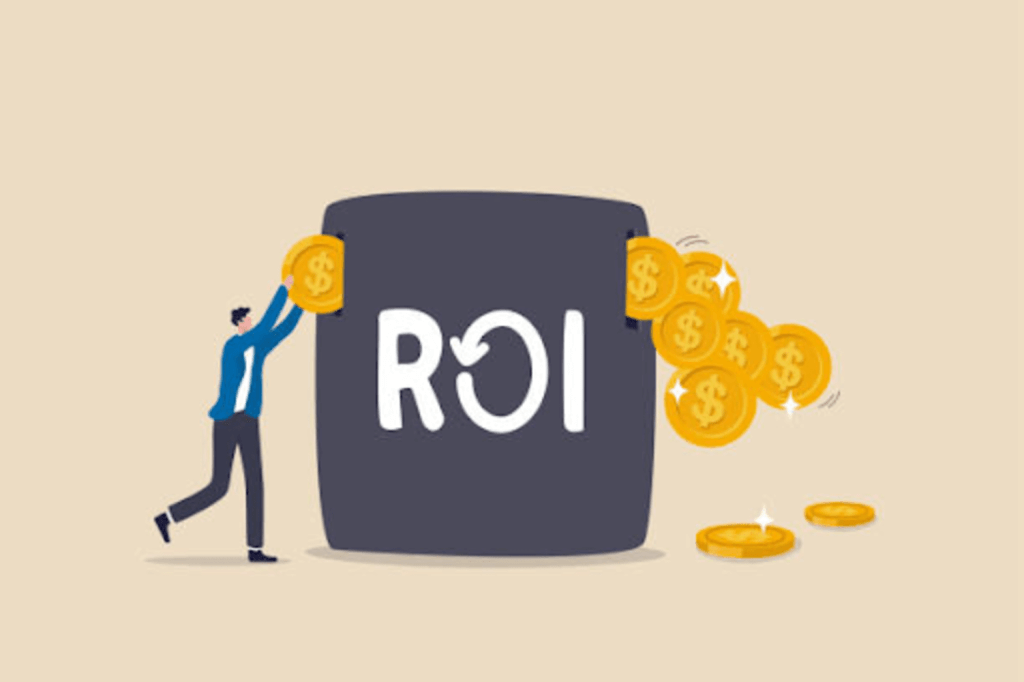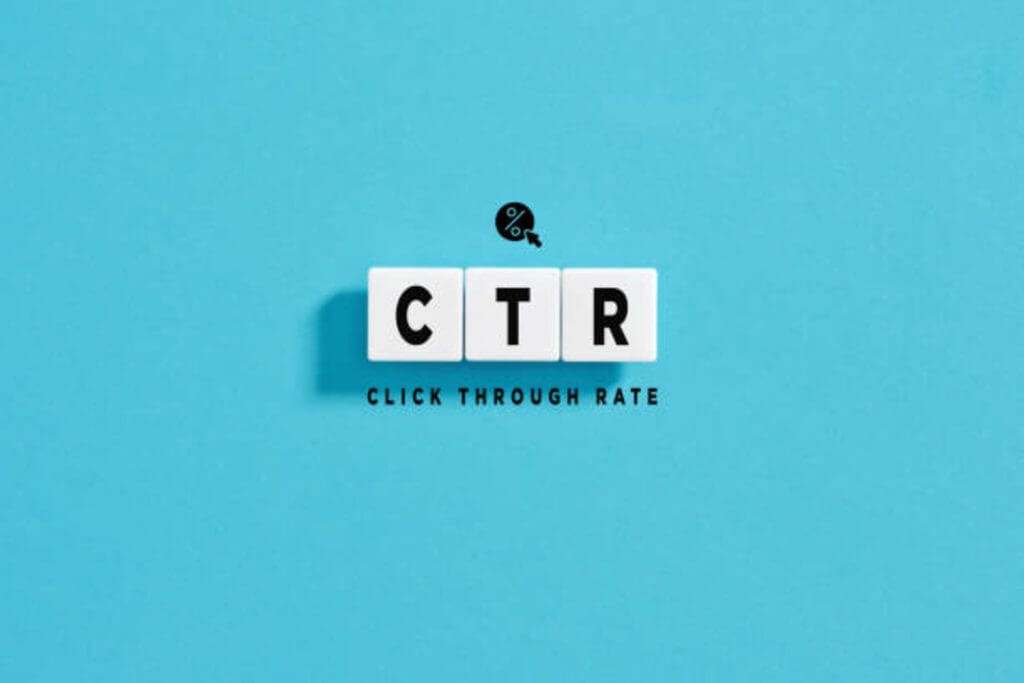
In the fast-paced and data-driven realm of digital marketing, success is not just about creating captivating campaigns; it’s about quantifying the impact of those efforts. Measuring Return on Investment (ROI) in digital marketing is a critical component that allows businesses to gauge the effectiveness of their strategies and make informed decisions for future initiatives. In this blog, we’ll embark on a journey into the metrics that matter, unraveling the complexities of ROI measurement in the digital landscape.
Understanding ROI in Digital Marketing
Beyond Revenue: The Comprehensive View
Return on Investment, in the context of digital marketing, extends beyond immediate revenue generation. It encompasses the entire spectrum of benefits derived from marketing efforts, including increased brand awareness, customer loyalty, and the long-term value of customer relationships. A holistic view of ROI allows marketers to appreciate the multifaceted impact of their strategies.
The Formula of ROI
At its core, ROI is a straightforward ratio: (Net Profit / Cost of Investment) x 100. This formula provides a percentage that represents the return on the resources invested. While the formula is simple, the challenge lies in identifying the relevant metrics to plug into it and understanding the nuanced factors that contribute to the overall return.
Key Performance Indicators (KPIs) for ROI Measurement
Website Traffic and Engagement
Website traffic is a foundational KPI in digital marketing. Analyzing the number of visitors, page views, and time spent on the site provides insights into the effectiveness of your online presence. Metrics like bounce rate and click-through rate (CTR) further refine your understanding of user engagement.
Conversion Rates
Conversion rates are a pivotal metric for measuring the success of specific actions, such as making a purchase, filling out a form, or signing up for a newsletter. Tracking conversion rates allows marketers to identify high-performing channels and optimize strategies for maximum impact.
Customer Acquisition Cost (CAC)
Calculating CAC
Customer Acquisition Cost is a fundamental metric that reveals the resources invested in acquiring a new customer. To calculate CAC, divide the total cost of acquisition (marketing and sales expenses) by the number of new customers gained within a specific time frame. A lower CAC indicates more efficient acquisition strategies.
Relationship with Lifetime Value (LTV)
Understanding CAC in isolation is incomplete. It gains significance when viewed in conjunction with Customer Lifetime Value (LTV). LTV represents the total revenue a customer is expected to generate over their entire relationship with the business. By comparing CAC to LTV, marketers can assess the sustainability of their acquisition strategies.
Social Media Metrics
Engagement Metrics
Social media platforms offer a treasure trove of metrics for ROI measurement. Engagement metrics, including likes, shares, comments, and mentions, reflect the level of interaction with your content. High engagement suggests that your brand resonates with the audience, contributing positively to ROI.
Social Media Conversion Rates
Beyond engagement, tracking conversion rates from social media channels is crucial. Whether it’s a direct purchase or a sign-up, attributing conversions to specific social media efforts allows marketers to identify high-performing platforms and tailor content accordingly.
Email Marketing Metrics
Open Rates and Click-Through Rates
Email marketing provides valuable metrics in the form of open rates and click-through rates (CTRs). Open rates indicate the effectiveness of subject lines and the ability to capture attention, while CTRs measure the engagement level with the content. Analyzing these metrics refines email strategies for optimal ROI.

Revenue per Email
To delve deeper into the impact of email marketing on ROI, track the revenue generated per email campaign. This metric quantifies the direct financial contribution of email efforts and allows for a granular assessment of performance.
Pay-Per-Click (PPC) Advertising Metrics
Click-Through Rate (CTR) and Conversion Rate
In the realm of PPC advertising, CTR and conversion rate are pivotal metrics. CTR measures the percentage of people who clicked on the ad after seeing it, indicating its relevance. Conversion rate, on the other hand, reflects the percentage of users who took the desired action (e.g., making a purchase) after clicking on the ad.
Cost per Click (CPC) and Cost per Conversion
Cost per Click and Cost per Conversion are monetary metrics associated with PPC campaigns. CPC represents the cost incurred each time a user clicks on the ad, while Cost per Conversion quantifies the expenses tied to achieving a specific goal, such as a sale or a sign-up.
Search Engine Optimization (SEO) Metrics
Organic Traffic and Keyword Rankings
For businesses investing in SEO, monitoring organic traffic and keyword rankings is vital. An increase in organic traffic indicates improved visibility on search engines, while positive shifts in keyword rankings contribute to the overall digital presence and, consequently, ROI.
Backlink Quality and Domain Authority
The quality of backlinks and the overall domain authority are key SEO metrics. High-quality backlinks from authoritative sources enhance the credibility of a website, positively impacting search engine rankings and, ultimately, ROI.
Customer Satisfaction and Retention
Net Promoter Score (NPS)
Customer satisfaction is a driving force behind long-term success and ROI. The Net Promoter Score (NPS) is a metric that gauges customer loyalty and satisfaction. Customers are classified as promoters, passives, or detractors based on their likelihood to recommend the brand. A positive NPS is indicative of a satisfied customer base.
Churn Rate
Churn rate reflects the percentage of customers who cease their relationship with the brand within a given period. A high churn rate may indicate dissatisfaction or unmet expectations. Reducing churn through improved customer experiences positively impacts the overall ROI.
Attribution Models
Multi-Touch Attribution
Attributing conversions to specific touchpoints in the customer journey is a complex task. Multi-touch attribution models allocate value to various interactions leading to a conversion, providing a more nuanced understanding of how different channels contribute to ROI.
Marketing Mix Modeling
Marketing Mix Modeling takes a holistic approach, considering various external factors that might impact ROI, such as market conditions and competitive landscapes. This model aids in optimizing budget allocation across different marketing channels for maximum ROI.
The Role of Analytics Tools
Google Analytics
Google Analytics is a cornerstone tool for measuring digital marketing ROI. It provides a wealth of data on website traffic, user behavior, and conversions. Utilizing features like goal tracking and e-commerce tracking enhances the granularity of ROI measurement.
Marketing Automation Platforms
Marketing automation platforms offer comprehensive insights into various marketing channels, allowing for centralized tracking of campaigns. These platforms often integrate with CRM systems, facilitating a unified view of customer interactions and their impact on ROI.
In the dynamic landscape of digital marketing, ROI measurement is not a one-size-fits-all endeavor. It requires a nuanced understanding of the specific goals, target audience, and channels unique to each business. By embracing a holistic approach, leveraging diverse metrics, and utilizing analytics tools effectively, businesses can decipher the impact of their digital marketing efforts on the bottom line. Ultimately, the journey toward a comprehensive ROI understanding is a continual process of refinement, adaptation, and strategic optimization to ensure sustained success in the ever-evolving digital arena.



